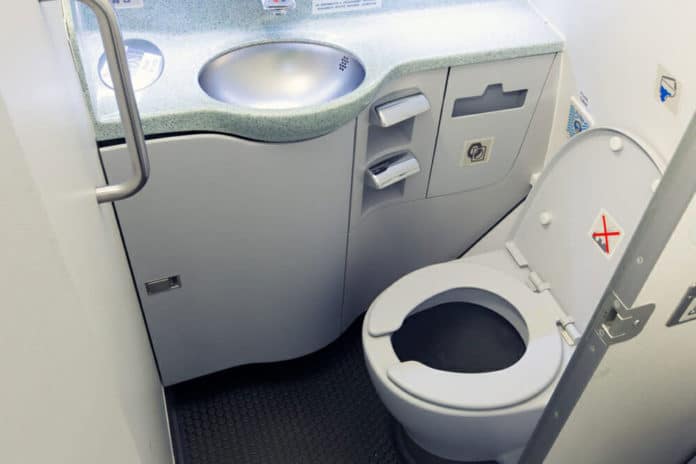An international audience shares airplane sanitary facilities. A new study hypothesized the corresponding sewage suggesting that such waste acts as fuel for spreading antibiotic resistance around the world.
Scientists tested airplane sewage from five distinctive German airports. They found it contained an essential abundance and diversity of antibiotic-resistant microbes, contrasted with sewage tested at a nearby wastewater plant and even nearby hospitals.
About 90 percent of the 187 E. coli strains tested were resistant to at least one antibiotic. That’s compared to samples from waste treatment facilities, where 45 to 60 percent were found to be resistant to antibiotics.
Amy Pruden, an environmental engineer at Virginia Tech in Blacksburg who was not involved with the study, said, “This is vital work. You read it, and you think, ‘somebody should have done this sooner.’”
In addition to the resistant microbes, the abundance and diversity of genes that let microbes evade anti-biotics were higher in airport sewage than in municipal waste. For certain classes of drugs, there were around ten times as many copies of resistance genes for a given number of microbes. When the mélange of microbes in airport sewage blends, they may trade these genes.
Microbiologist Carlos Amábile-Cuevas of the Lusara Foundation, a private, nonprofit research institution in Mexico City, said, “Antibiotic-resistance genes have a ‘particularly scary ability.’ They can shuffle around in the DNA of individual bacterial cells and then move from one bacterium to another.”
Amábile-Cuevas said, “In this work, the researchers didn’t find a higher instance of antibiotic-resistant microbes in wastewater treatment plants that received airport waste compared with plants that didn’t. This is because the airport waste is a tiny fraction of what a wastewater treatment plant may receive from a city.”
“This doesn’t mean that these bugs aren’t there. There may be much more resistant bugs in the wastewater … but they are just below our detection range. And this is also very scary.”
The study is reported in Dec. 3 Environmental Science & Technology.
